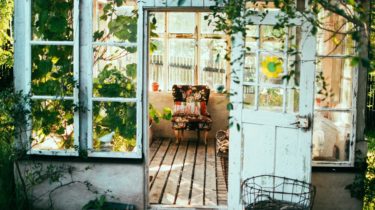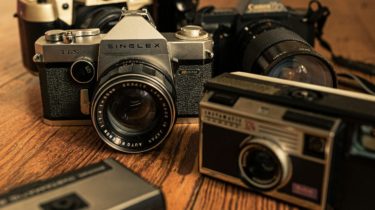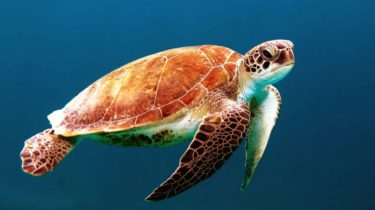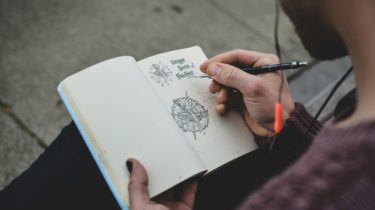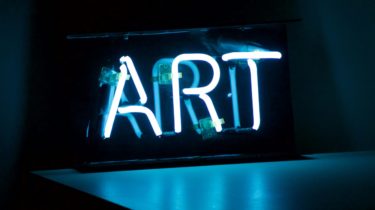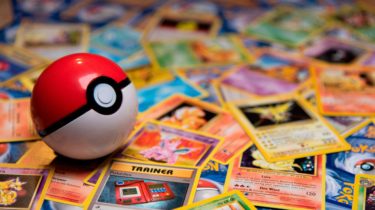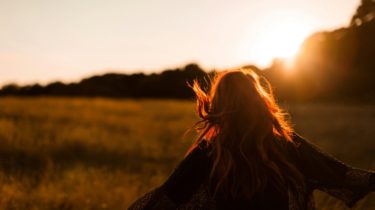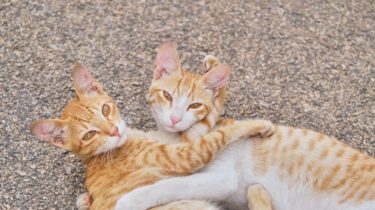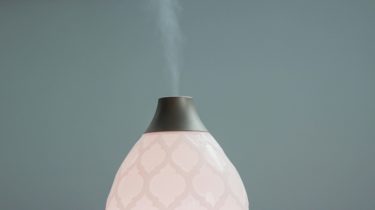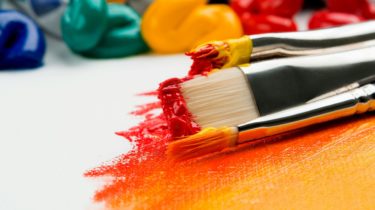Interior Design with Stable Diffusion (8-day mini-course)
At its core, Stable Diffusion is a deep learning model that can generate pictures. Together with some other models and UI, you can consider that as a tool to help you create pictures in a new dimension that not only you can provide instructions on how the picture looks like, but also the generative model to brainstorm what you didn’t specify. In this 7-part crash course, you will learn from examples how to make use of Stable Diffusion to finish […]
Read more